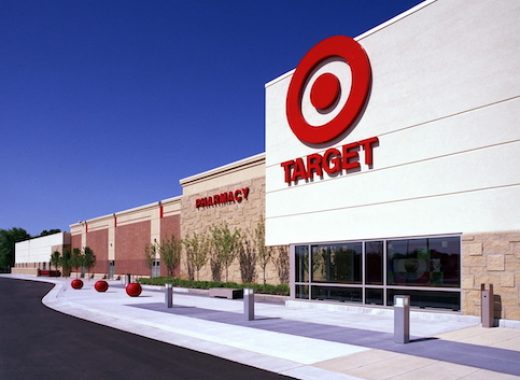Forget about trying to find a doctor who does house-calls. Most of Arizona is struggling to find a doctor, period.
Arizona’s rate of doctor per 100,000 population is 42nd in the United States. A 2013 estimate by the Robert Graham Center predicted that Arizona would need close to 2,000 additional active health care providers by 2030 for sufficient coverage statewide. Five years later, Arizona is lagging those estimates.
As it stands, almost 70% of Arizona residents live in areas with physician shortages. In some cases, residents might be thirty miles from adequate care. An estimate by the National Rural Health Association found that rural America could face a shortage of 45,000 health care providers by 2020. Almost 70 rural hospitals have closed since 2010, and the National Rural Health Association fears close to 700 more might end up closed.
Rural Arizona is not alone in facing a physician shortage. Phoenix also faces a doctor shortage, according to a study by BetterDoctor.com. Phoenix landed seventh on their list of cities that lacked appropriate primary care providers.
The issue could become quite severe as Arizona’s aging population swells. Older patients tend to need more attention and ready access can be difficult to find. Older patients also tend to cost more money, on average, requiring expensive drugs and procedures. Without sufficient primary care coverage, avoidable problems may end up resulting in hospital stays. Medicare and Medicaid costs for the state of Arizona could skyrocket as a result.
The leading factor for the doctor shortage is the high cost of medical school. Most applicants to a medical program will find themselves facing close to $190,000 in student debt, according to the American Medical Student Association. That kind of crushing debt load is a reason so few graduates attempt to enroll in medical school.
Though these facts might paint a bleak picture, there are some peculiar trends worth noting. According to Hedi Chumley, the executive dean at the American University of the Caribbean School of Medicine, almost 25% of practicing physicians trained outside of the United States. Chumley also noted that international medical opportunities could play a major role in training doctors to stem the shortage.








